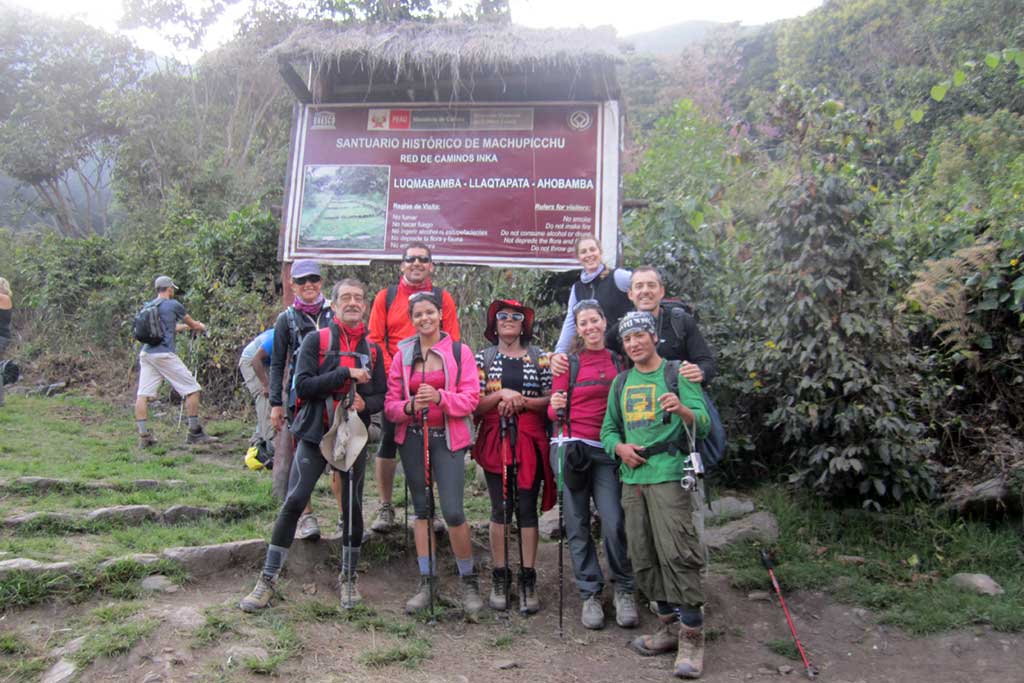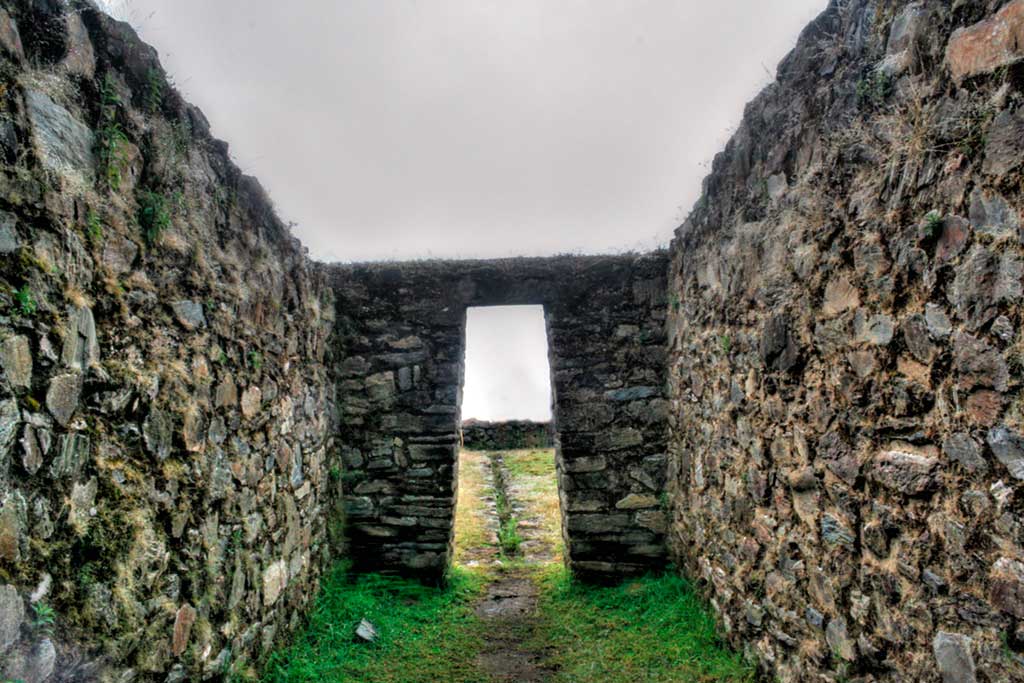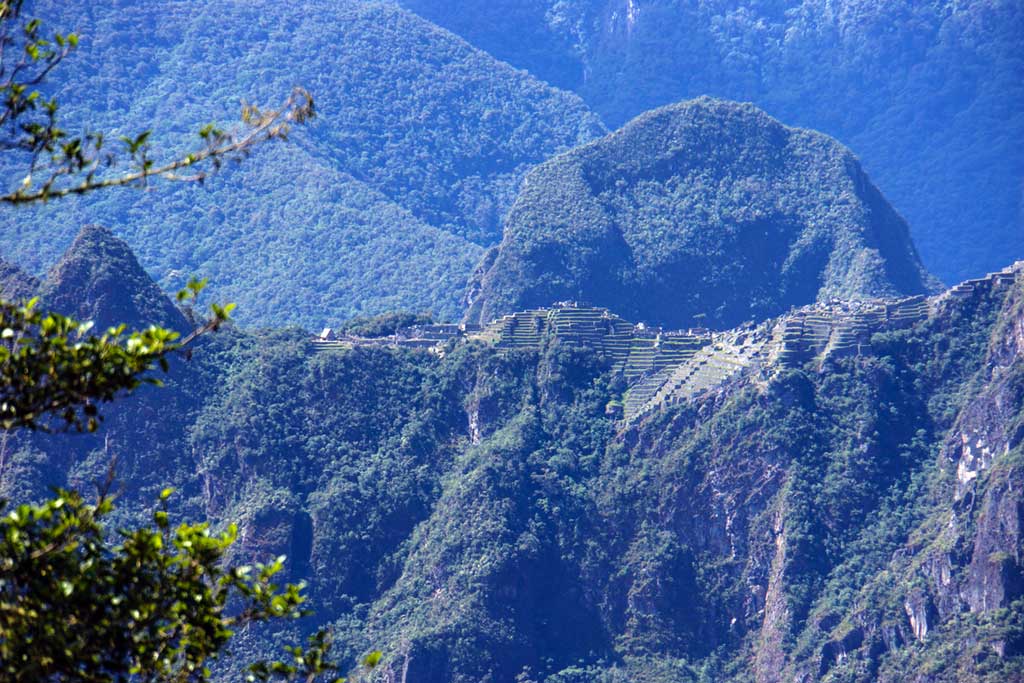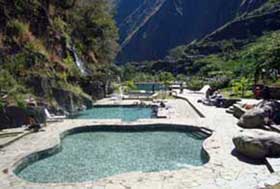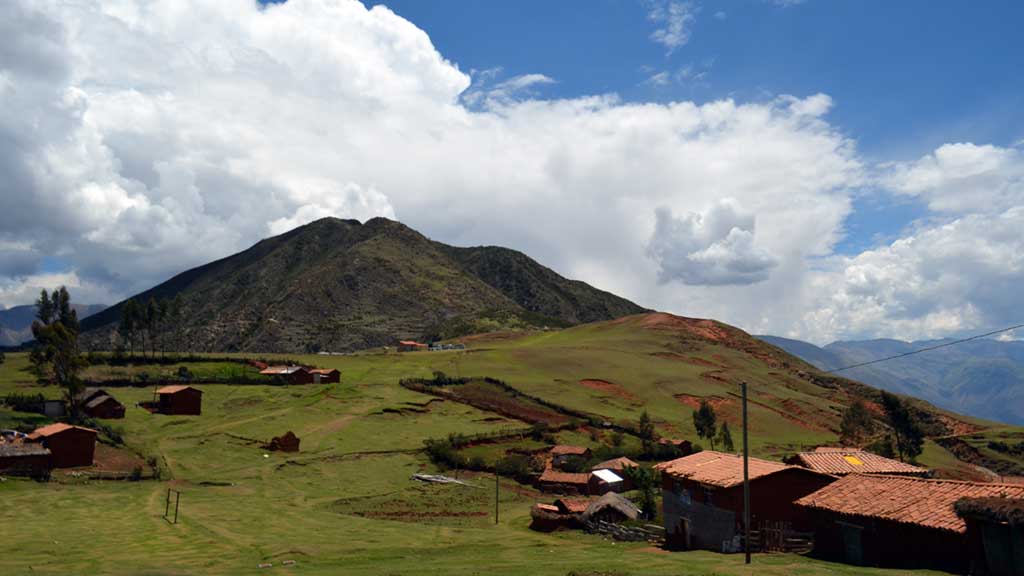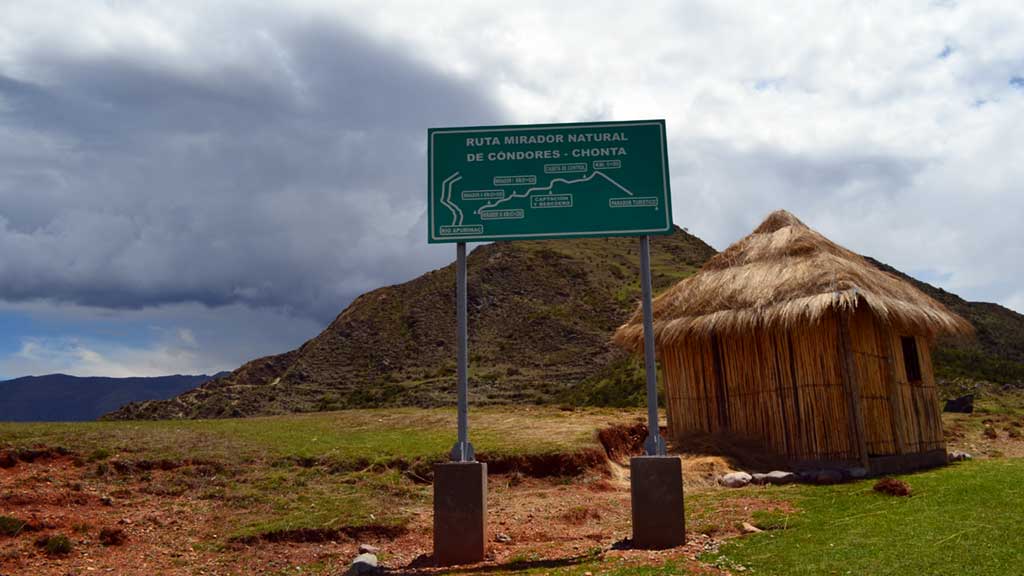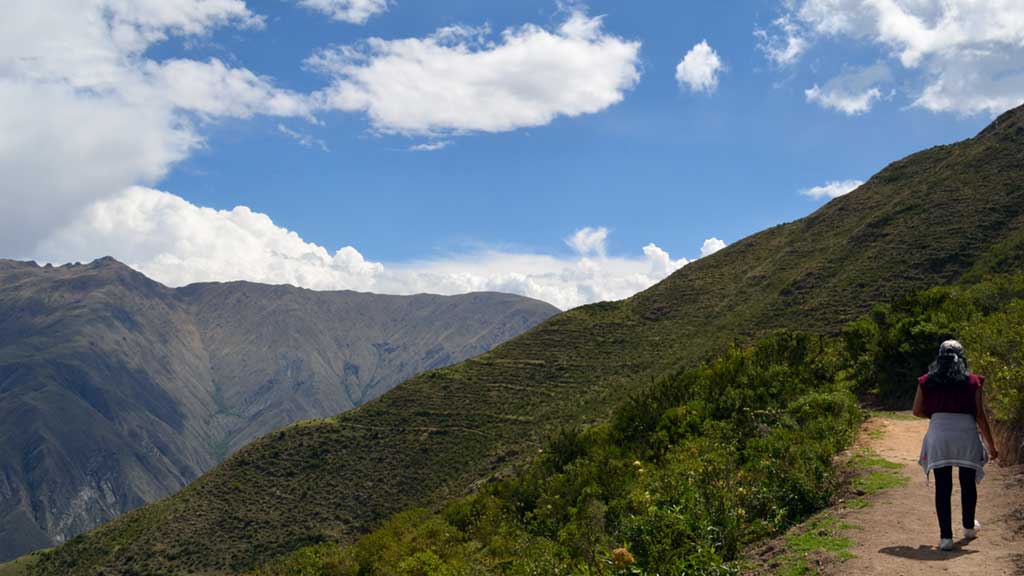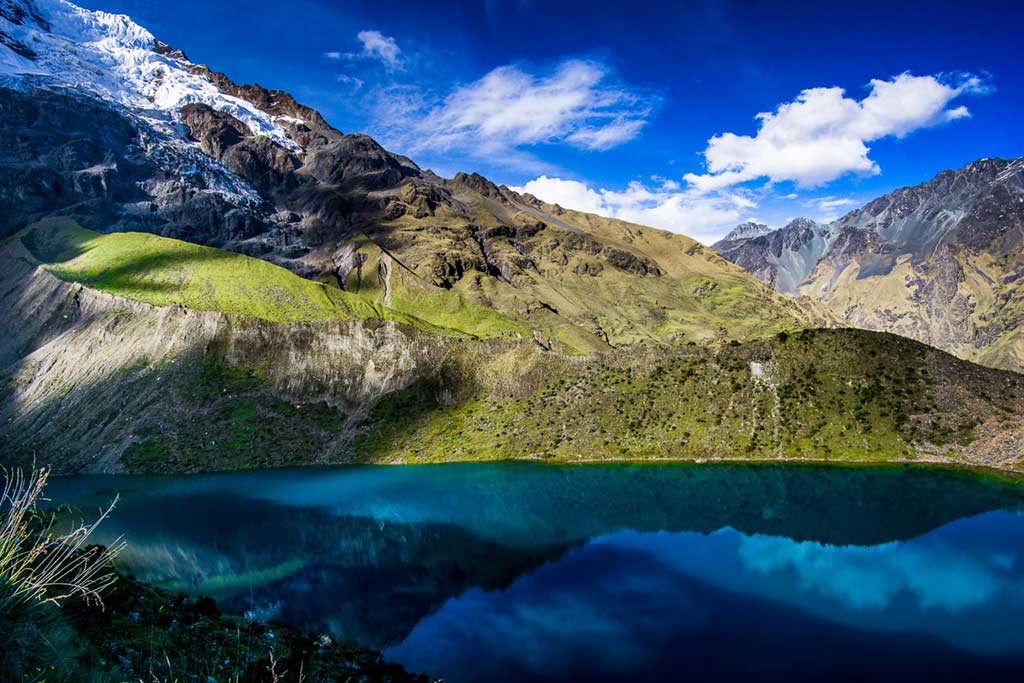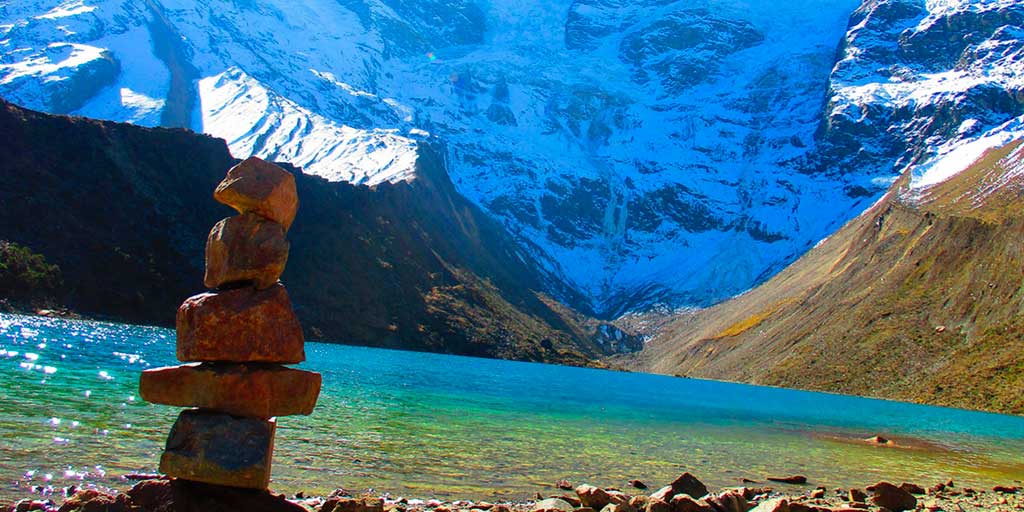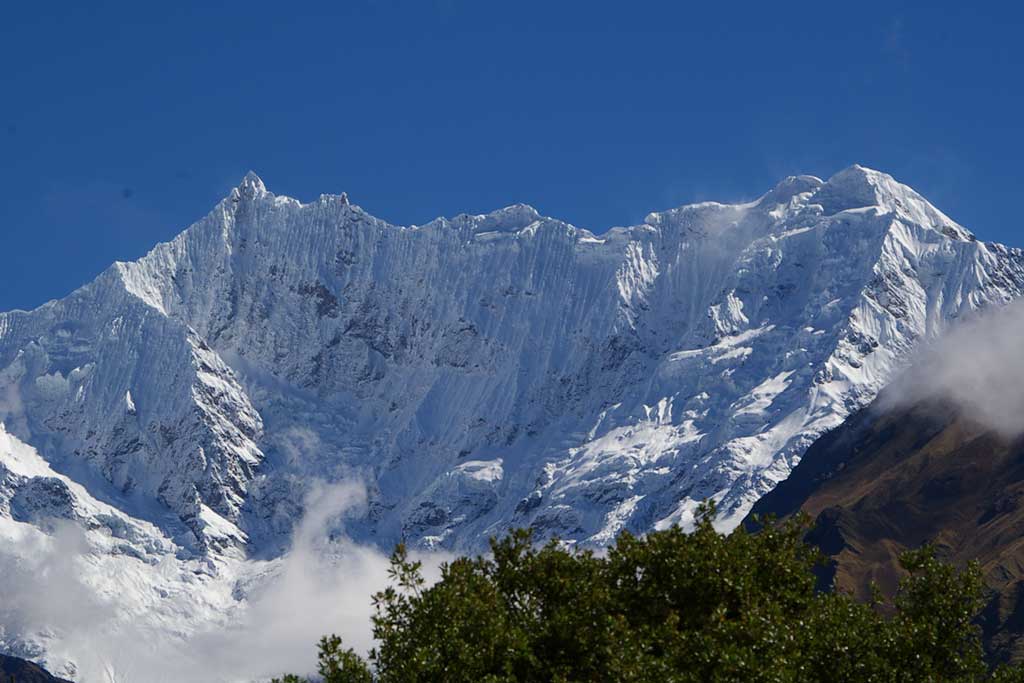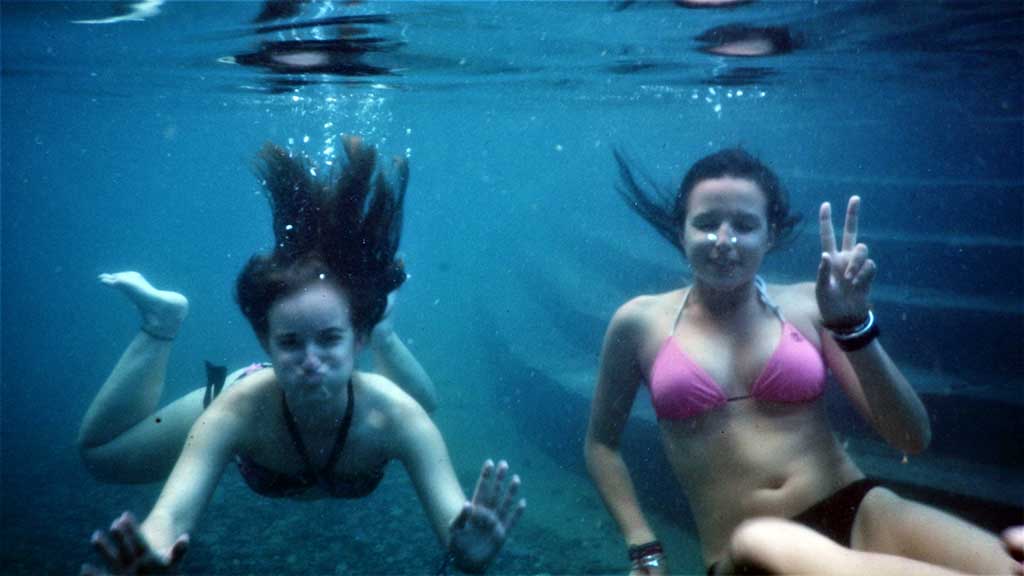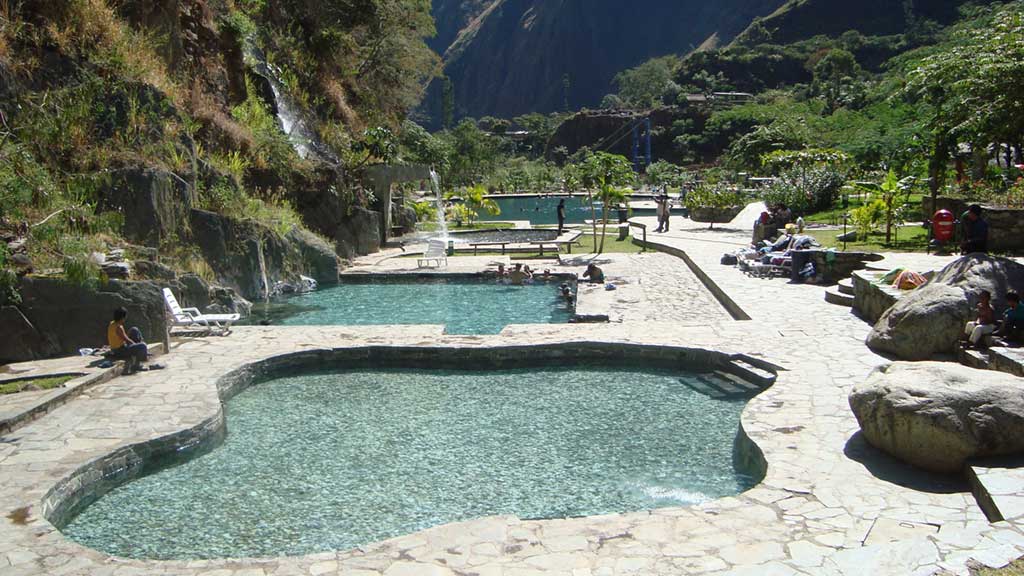The
Salkantay Trek is a hiking in south
America and an alternative to the traditional
Inca Trail for reaching
Machu Picchu. It presents a unique combination of culture and mistic, with preserved proudly by the Peruvian people, and is an amazing adventure and extraordinary natural beauty.
Salkantay trekking is set at the highest peaks of
Humantay Mountain, where the cold ice of the mountains meets the steamy heat of the Andes.
The hike is surrounded by the historic
Machu Picchu (National Park and is considered one of the 25 best hikes in the world).
Salkantay trek is very diverse and rich geography hike, Andean culture and history. The
Vilcanota Mountain range contains two twenty highest mountains in the Americas.
Chonta - Canyon of the Condor
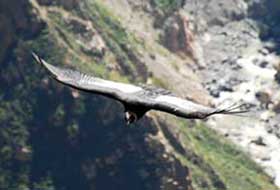
The Natural viewpoint of
Condor's Flight is located at
Chonta community in
Limatambo,
Anta -
Cusco. Along the trail, you can see natural attractions (landscapes, valleys and sacred mountains) that are located on the right margin of the
Apurimac River.
Humantay Lake
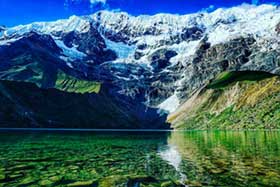
This lagoon formed by the thaw of the
Humantay mountain presents a unique landscape of the district of
Mollepata (
Anta). The
Humantay Lake is a place that impacts with its immensity, traces and colors in the landscape, which make it one of the unmissable tourist destinations in the bowels of
Peru.
Apu Salcantay (Salkantay Mountain)
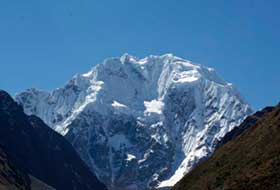 Salcantay
Salcantay or
Salkantay (in Quechua) is the highest peak in the
Vilcabamba mountain range, part of the
Peruvian Andes. It is located in the
Cusco Region, about 60 km (40 mi) west-northwest of the city of
Cusco. It is the 38th-highest peak in the
Andes, and the twelfth-highest in
Peru. However, as a range highpoint in deeply incised terrain, it is the second most topographically prominent peak in the country, after
Huascarán.
Cocalmayo hot springs
The hot springs of
Colcalmayo are a popular destination among travelers who seek a connection to the land and its balance. On your trip to
Machu Picchu in
Peru, you can take a hot bath, in an impressive environment of abundant vegetation next to a huge river; the place seems out of a fantasy.
Llaqtapata
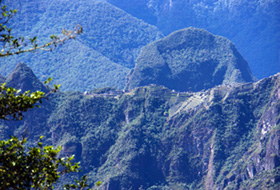 Llaqtapata
Llaqtapata (
Quechua)
llaqta = place (village, town, city),
pata = elevated place, pronounced '
yakta-pahta', hispanicized
Llactapata) is an archaeological site about 5 km (3.1 mi) west of
Machu Picchu. The complex is located in the
Cusco Region,
La Convención Province,
Santa Teresa District, high on a ridge between the
Ahobamba and
Santa Teresa drainages.
